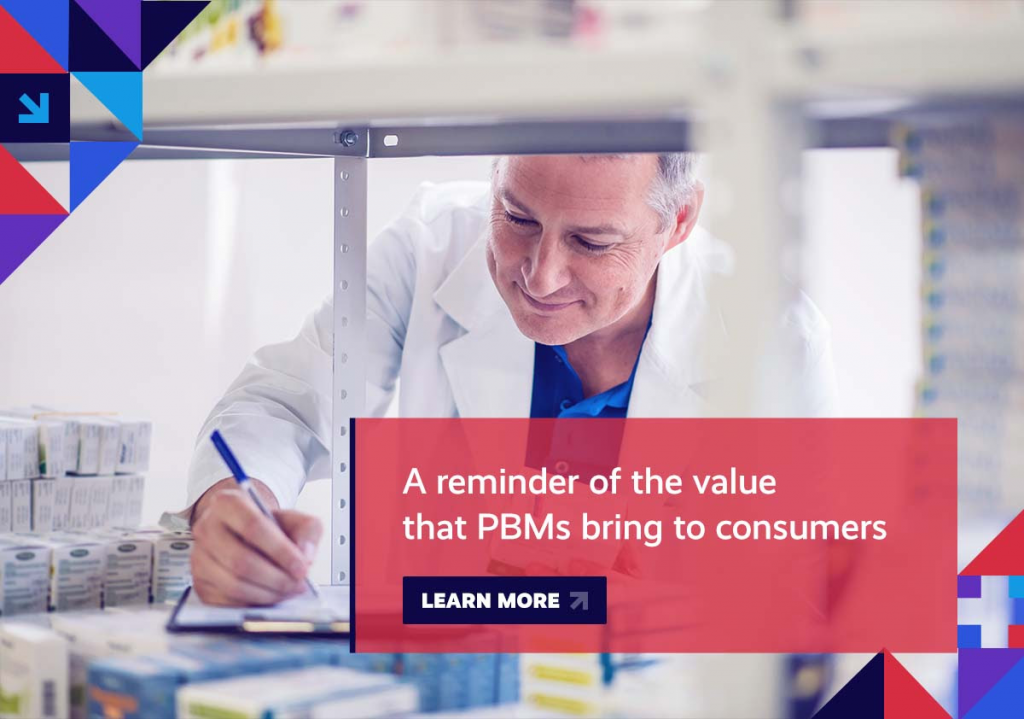Medicare Advantage plans expand benefits going into next year; a new poll details the impact of out-of-control prescription drug prices on Americans; the cost of treating COVID patients varies wildly; and, a growing body of research underscores how hospital consolidation affects healthcare prices.
We encourage you to We encourage you to stay involved as implementation efforts surrounding healthcare reform progress. Visit the Health Action Network and be sure to let us know what’s on your mind.
Item of the Week

Week in Review
MA Benefits: Last Friday, the annual enrollment period for Medicare opened. Ahead of beneficiaries being able to select their coverage options for next year, Medicare Advantage (MA) plans outlined what benefits enrollees can expect from their plans in 2022. One area that will continue to be a growing focus is addressing health-related social needs – or, social determinants of health. MA plans are expanding their offerings in this space, which already include efforts to tackle food insecurity and transportation needs. In addition to these supplemental benefits, some plans are also introducing new benefits, such as in-home support services or personal care helpers, as well as increasing access to telehealth. As covered in last week’s Health Action Networknewsletter, enrollment in the MA program is expected to grow next year, having already doubled this past decade, with premiums also projected to go down.
Rx Report: According to the results of a new poll, released by Gallup and West Health, seven percent of adults in this country reported being unable to pay for at least one of their prescriptions. That translates into approximately 18 million Americans who have recently had to go without their doctor-prescribed medicines as a result of high costs. The results are even worse for households with incomes below $24,000, with nearly 20 percent reporting being unable to afford at least one prescription. Taking a step back, about one-in-ten adults said they’d had to skip a pill in the past year in order to save money. Researchers pointed to the findings as showing in “stark terms” how high prescription drug prices are impacting households across this country. A separate report propels that narrative further, contextualizing what the U.S. spends on prescription drugs compared to other countries. According to an analysis of pharmaceutical companies’ public filings compiled by Public Citizen, the 20 highest-selling drugs generated $158 billion of global revenue last year, with U.S. sales alone representing 64 percent of that total, despite Americans not consuming more drugs than the rest of the world.

| COVID Treatments: A recent examination of COVID treatment charges shows wild variability in the prices charged by hospitals in treating coronavirus patients. In fact, the analysis, performed by The Wall Street Journal, shows that the cost of similar COVID treatments can vary by tens of thousands of dollars per patient – even within the same hospital. The analysis considered different treatment levels at over 600 hospitals and the billing codes used for those conditions. Ultimately, experts point out that the range of prices speaks to how easily similar hospital services can wind up generating widely disparate bills, which, as often as not, is a reflection of the leverage that a health insurer has to negotiate discounts on behalf of its customers, as well as a function of the hospital’s market power to drive up its rates. Hospital M&A: With that in mind, a separate study underscores the critical impact that consolidation in the healthcare provider space is going to continue to have on consumers. According to the recent analysis, although there have been fewer merger and acquisition deals involving hospitals and health systems recently, the total transacted revenue and average seller size has been higher. Put another way, while the trend observed this year is one of fewer transactions, the ones that have taken place have been larger in scope and size. What this also means is that, as these larger systems come together, the number of smaller and independent hospitals is declining. And, while the parties involved in these deals promise savings to consumers as a result of these consolidations, studies have shown that these benefits have yet to be realized, instead, driving up healthcare costs for patients. |
Spotlight

| You can keep up with the latest by following the Health Action Network on Twitter and by liking us on Facebook. And, be sure to check us out on LinkedIn, too. As always, let us know if there’s something you’d like to see covered in a future newsletter. |
